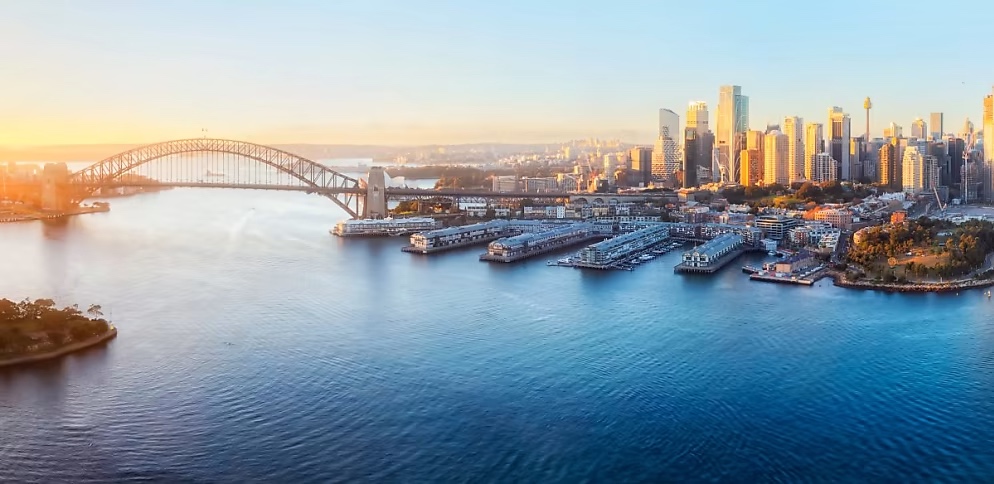
The Australian housing market is grappling with a new challenge: the rise of short-term holiday rentals (STRAs) like Airbnb. While these platforms offer homeowners a lucrative way to monetise their properties, they also raise questions about their impact on the national housing market. A recent census revealed that in Millers Point, a Sydney harbourside suburb, over one-third of dwellings were unoccupied, marking it as the Australian suburb with the highest portion of empty homes. This has led to concerns about the role of STRAs in exacerbating housing shortages and affordability issues.
The Millers Point Case
Millers Point, one of Australia’s oldest suburbs, had 1,323 private dwellings and a population of 1,735 according to the 2021 census. Over one-third of these dwellings were unoccupied. A search on Airbnb revealed several properties listed in the neighbourhood, leveraging their history and harbour views to attract holidaymakers. With Sydney rents rising 13% in the 12 months to July 2023, the economic prospects for landlords in the short-term market seem to far outstrip traditional leases.
Financial Disparity
Research from Per Capita’s Centre for Equitable Housing showed that STRAs can recoup the equivalent of a year’s rent in just 100 nights. STRA properties account for just 2.3% of Australia’s housing supply and 7.6% of its rental stock. In Millers Point, a weekend trip to an Airbnb can cost as little as $560 for two nights, almost reaching the suburb’s median weekly rent during peak tourist season.
The Gold Coast Scenario
Real Estate Institute of Australia (REIA) president Hayden Groves pointed out a similar situation on the Gold Coast. Landlords in the region can earn the same level of income from STRAs based on average rents as they would in the long-term market. With 5,400 holiday rentals compared to 1,700 long-term rentals, STRA owners can equal the returns of their long-term counterparts in as little as 131 days.
Regulatory Challenges
Current laws permit non-hosted STRAs for up to 180 days per year without planning approval. However, the City of Sydney advocates for reducing this to a maximum of 90 days, citing the acute housing affordability crisis. Despite this, recent findings from a Queensland government inquiry concluded that STRAs have a “limited impact on rental affordability.”
Deterrents for Long-term Rentals
Trevor Rawnsley, CEO of the Australian Resident Accommodation Managers Association, believes that the appeal of STRAs has increased due to deterrents for long-term rentals, such as additional rates, taxes, and tenant-friendly residential tenancy laws. Managing guests’ behaviour, damage, and payments is much simpler through STRAs, making them an attractive option for landlords.
The Supply Issue
Both the Queensland government and the federal government emphasise the importance of increasing housing supply. The federal government committed $3 billion to a New Home Bonus aimed at incentivising construction. Prime Minister Anthony Albanese insisted that “supply is key” in addressing housing market issues but did not rule out treating STRA operators as businesses, similar to a recent crackdown by the Brisbane City Council.
A Complex Issue
The rise of STRAs presents a complex issue for Australia’s housing market. While they offer financial benefits for property owners, their impact on housing availability and affordability remains a topic of debate. Regulatory frameworks, financial incentives, and an increase in housing supply are all being considered as potential solutions to balance the needs of both short-term and long-term housing markets.